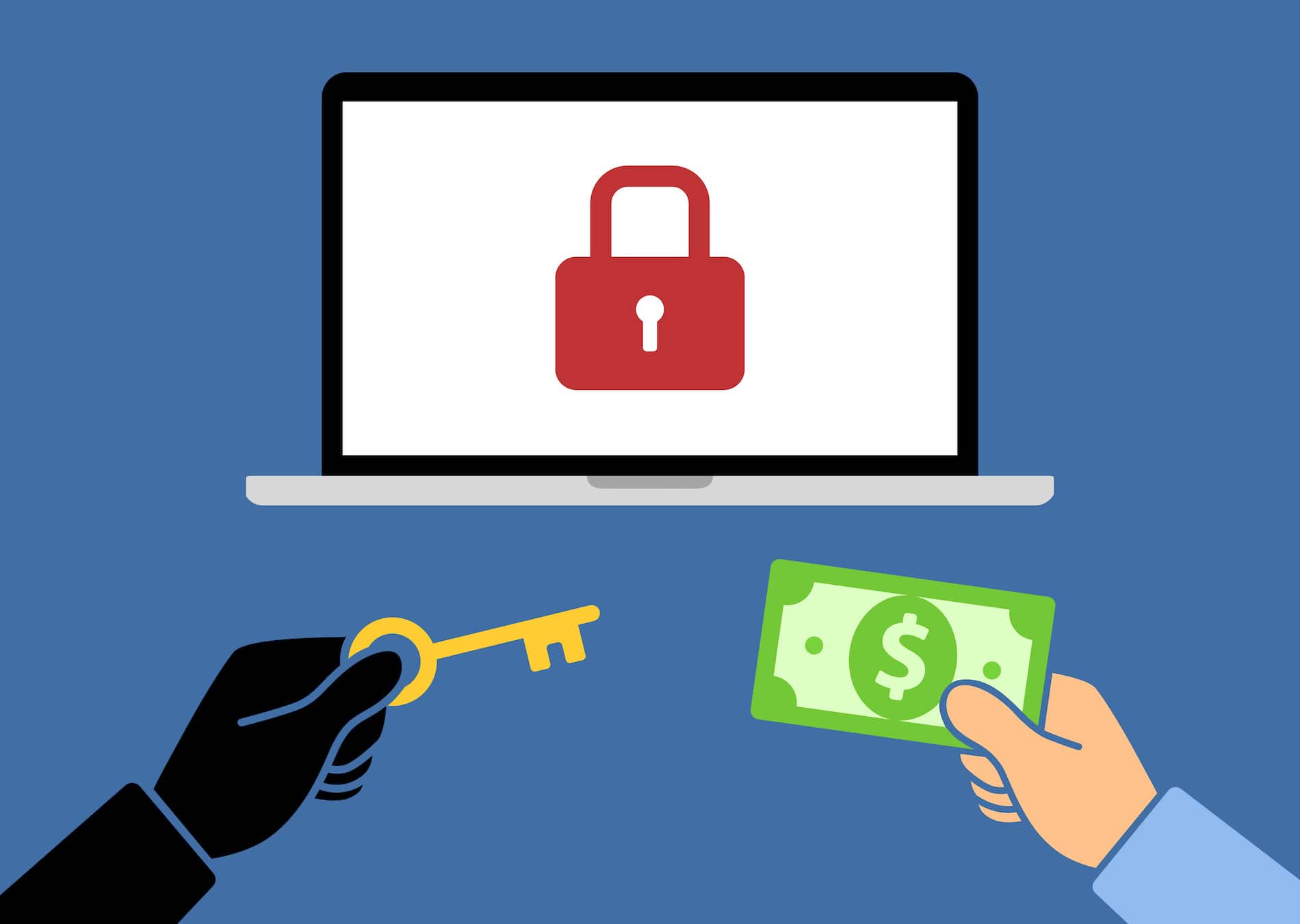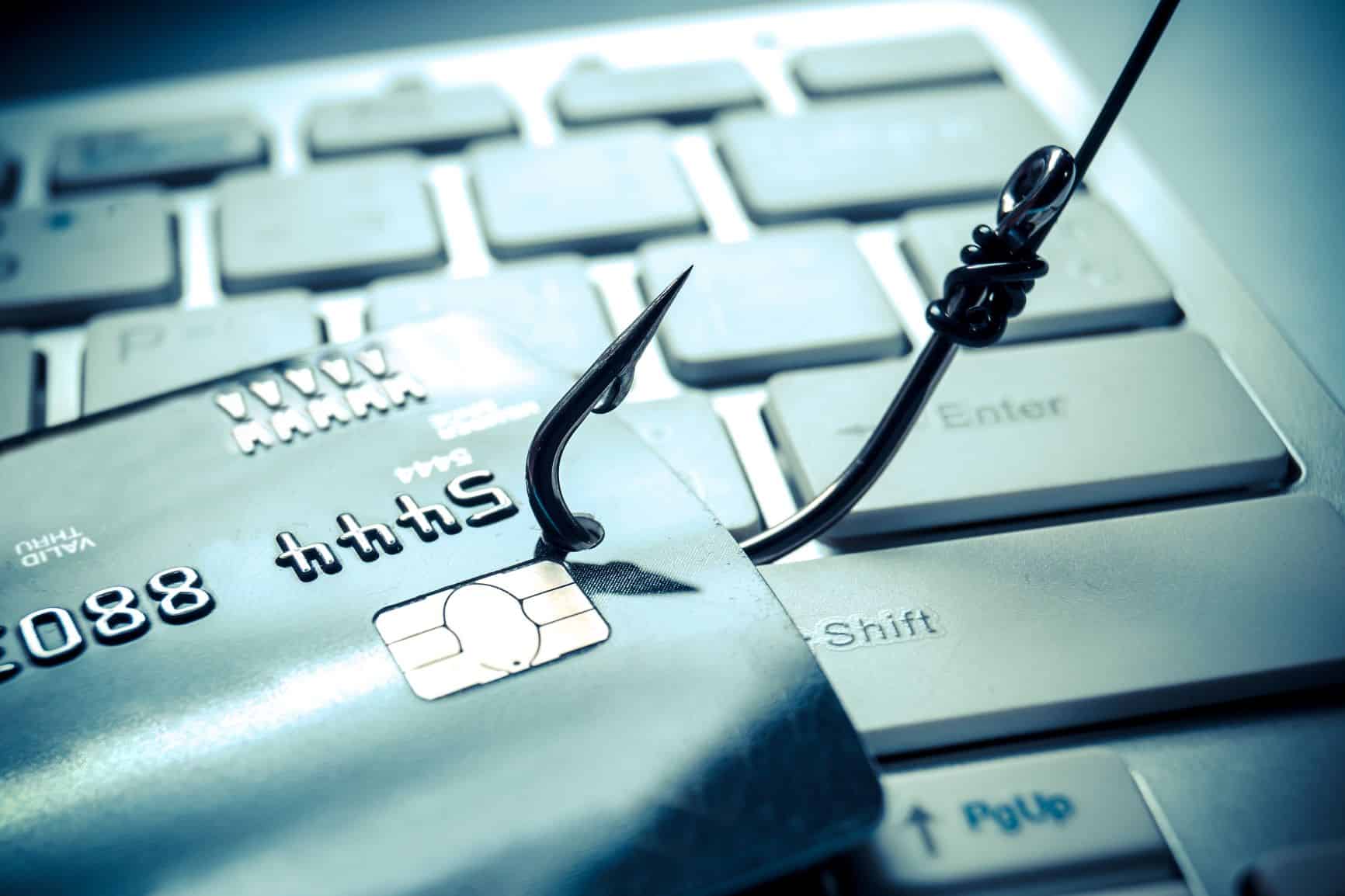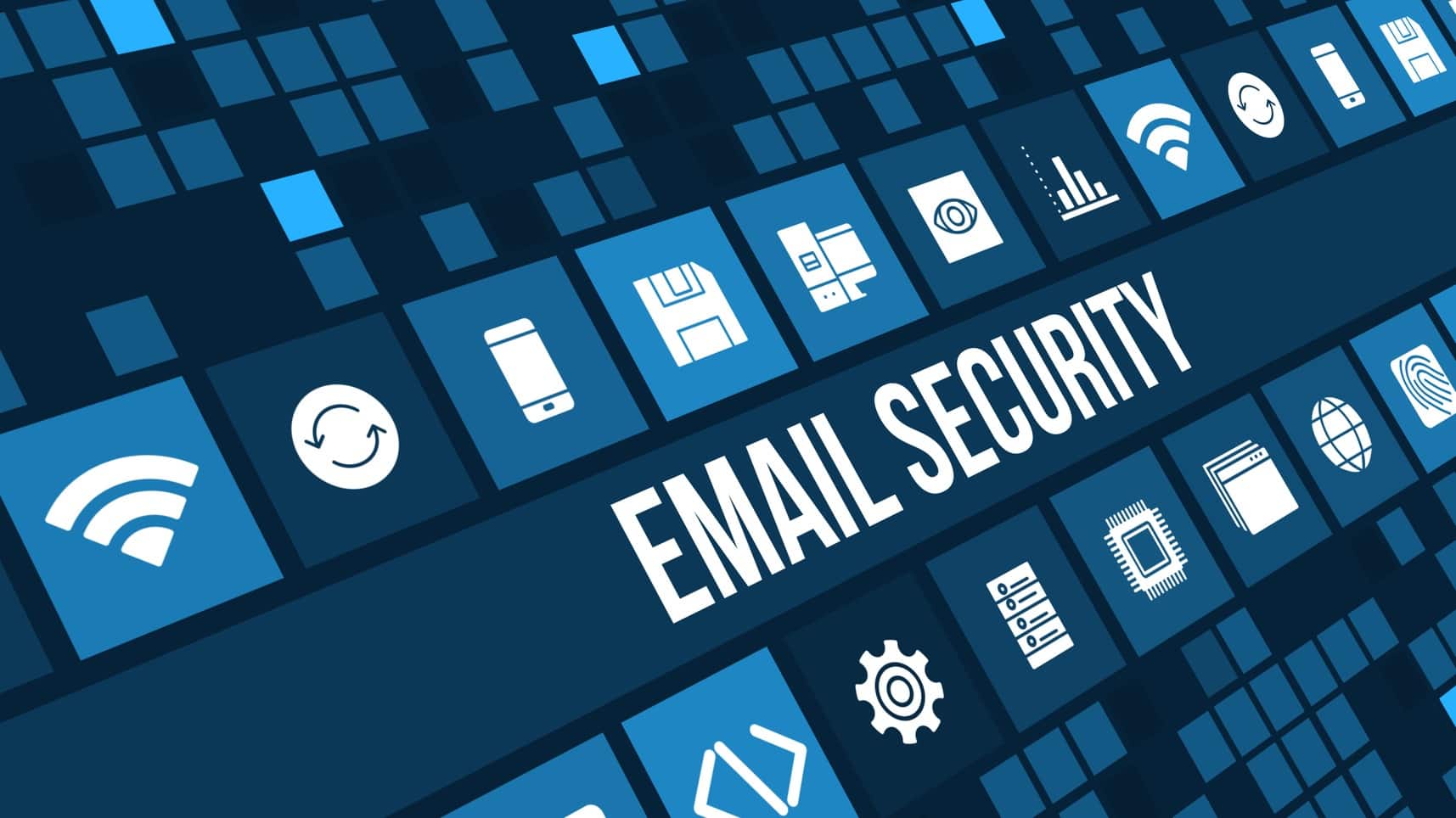Network security is a constant problem for many organizations. It’s mostly because of the many advanced threats that make their homes on the Internet. Businesses without dedicated IT resources or security professionals do not know how to handle network security. Furthermore. how to appropriately protect their assets. Let’s examine some of the more common online threats that your business should be prepared to address.
You can consider this a shortlist of potential security threats for your business. However, there are many different strains of malware. Thus, it would be impossible for us to include every single type here.
The More Notorious Network Security Threats
-
Viruses and malware:
These are essentially bits of code that cause chaos for users. Their effects ranging from mildly annoying to incredibly threatening. Many variants of malware are designed to fulfill a specific role, such as stealing data, installing adware, or encrypting files on a victim’s computer.
-
Trojans and backdoors:
Trojans are also known as backdoors, as they provide back-end access to the infected or compromised network/device. Hackers can then remotely execute code to pull off all kinds of problems for your business. These threats are often gateways for other, more dangerous threats.
-
Unpatched vulnerabilities:
Vulnerabilities are often discovered in older software, and in most cases when the software is supported, the developer will issue a patch. However, it is the business’s responsibility to implement them, and failing to do so can be problematic from a security standpoint. This is especially the case with unsupported software, like older operating systems.
-
Phishing attacks:
Phishing attacks are often used to spread other types of online threats or steal information like banking credentials or personal information. These can come in several different ways, like through email, fake websites, or even over the phone.
Security Measures to Protect Yourself
Your security strategy must contain two parts: the technology and the people using that technology. For technology, we recommend you implement tools like a Unified Threat Management (UTM) device, a tool that combines common security measures like an antivirus, firewall, spam blocker, and content filter. You should also invest in a virtual private network for secure data access and multi-factor authentication for account security.
To make sure your employees are not putting your company at risk from online threats, you must properly train them to identify and respond to threats. They must know how to report a security breach to your IT department as well, even if they are not an in-house department.
4 Corner IT can help your business succeed in network security. To learn more, reach out to us at 954-474-2204.







